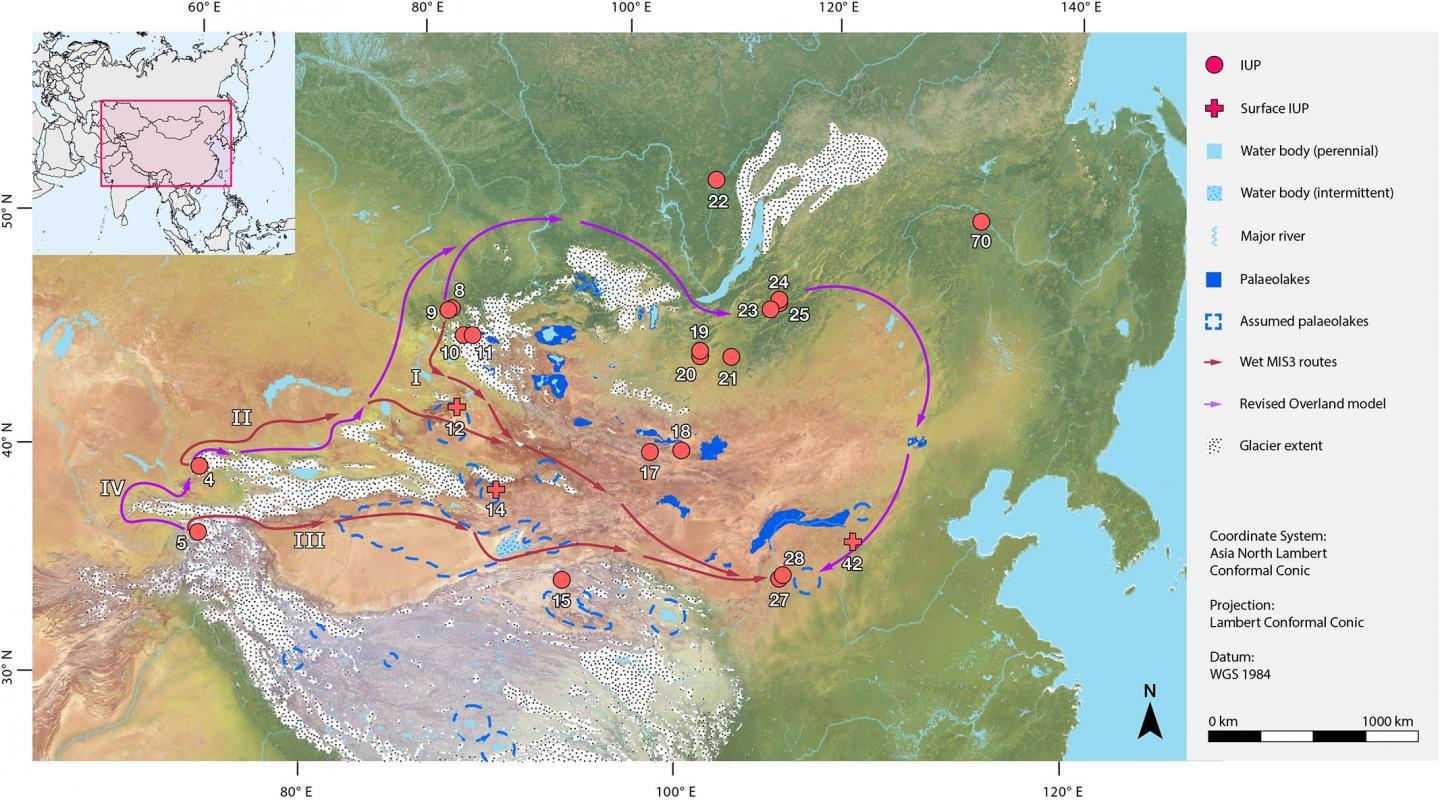|
|
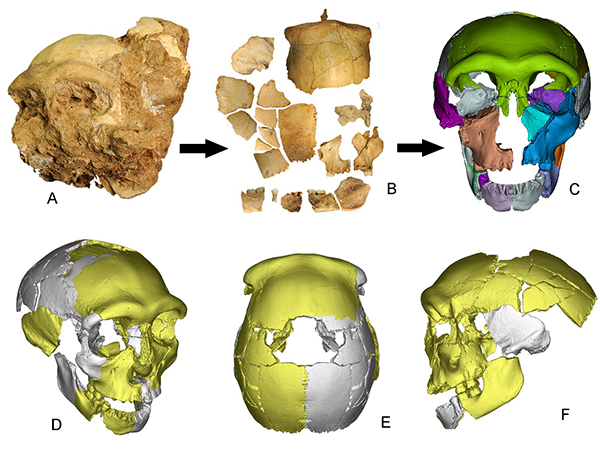 |
Xinhua: Chinese researchers discover 300,000-year-old ancient human fossils |
HEFEI, May 24 (Xinhua) -- Chinese paleontologists have discovered more than 30 ancient human fossils that dated back to about 300,000 years, at an excavation site in Dongzhi County in east China's Anhui Province.
They have also found more than 100 stone artifacts used by ancient humans as well as mammalian fossi... |
|
 |
China Daily: Scientists find rare dinosaur with wings |
By ZHANG ZHIHAO | China DailyUpdated: May 10, 2019 The cover of the journal Nature on Thursday. [Photo provided to China Daily]
Chinese scientists have discovered an "extremely rare" and "fantastical" Jurassic Period dinosaur species in Liaoning province that roamed China's ancient forests with batlike wings att... |
|
|
XinHua: Chinese scientists discover bizarre winged dinosaur |
Xinhua May 09 , 2019
Artistic illustration of a bizarre dinosaur with membranous wings discovered by Chinese scientists (Courtesy of the Institute of Vertebrate Paleontology and Paleoanthropology of the Chinese Academy of Sciences)
Chinese scientists have found the remains of a bizarre Jurassic dinosaur with... |
|
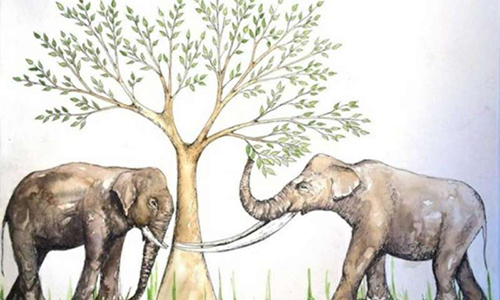 |
Phys.org: Asian elephant outlives stegodon—advantage due to diverse diet |
| Together with their Chinese colleagues, Senckenberg scientists studied the feeding habits of the Asian elephant and its extinct relative, the stegodon, during the Pleistocene. They reached the conclusion that the Asian elephant had a more diverse diet, which gave it a distinct advantage. The study was recently publi... |
|
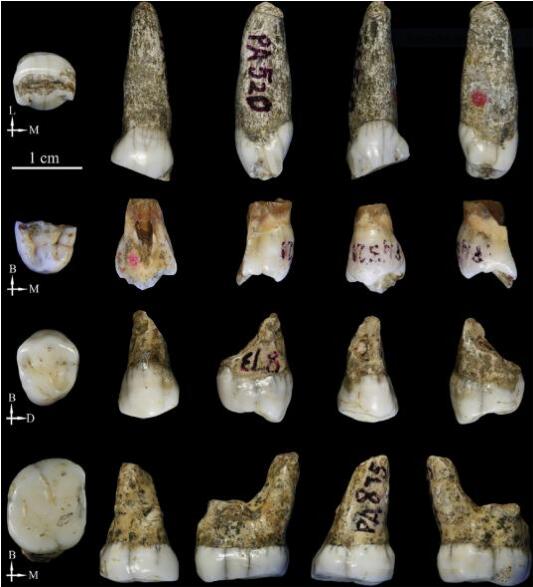 |
National Geographic:Ancient teeth hint at mysterious human relative |
FOUR TEETH FOUND in a cave in the Tongzi county of southern China have scientists scratching their heads.
In 1972 and 1983, researchers extracted the roughly 200,000-year-old teeth from the silty sediments of the Yanhui cave floor, initially labeling them as Homo erectus, the upright-walking hominins thought to ... |
|
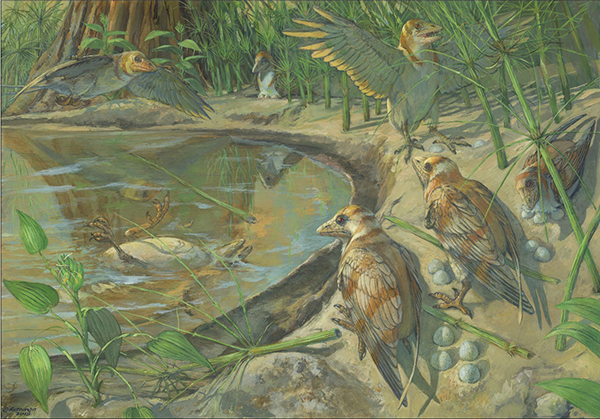 |
Xinhua:Scientists discover dinosaur-era bird fossil with unlaid egg |
BEIJING, March 26 (Xinhua) -- A group of scientists have discovered a fossil bird dating back about 110 million years, which is the first ever found to have an unlaid egg in its abdomen.
The fossil represents a new species, Avimaia schweitzerae, belonging to a group called the Enantiornithes which was abundant a... |
|
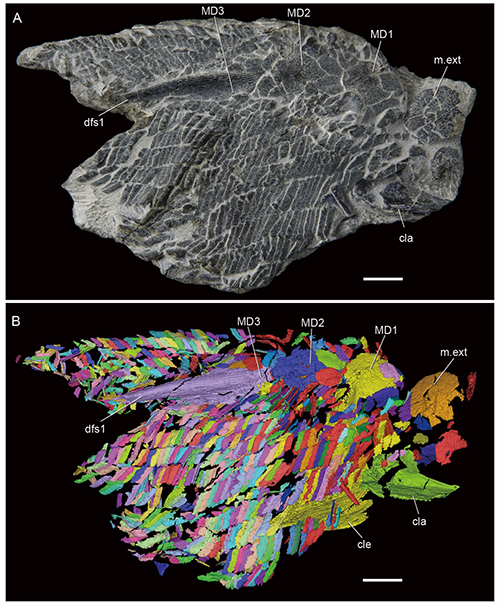 |
Xinhua:Chinese study helps trace evolution of fish scales |
BEIJING, March 24 (Xinhua) -- Fish fossils, dating back about 425 million years ago, are providing insights into the evolution of scales on bony fishes.
Diversified scales are one of the most obvious exterior characteristics of fish and they can be distributed in different areas of a fish in different shapes, wh... |
|
 |
Science: 'Superlungs' gave dinosaurs the energy to run and fight |
By April ReeseOct. 23, 2018 , 7:01 PM
In the oxygen-poor air of the Mesozoic era, nothing should have been able to move very fast. But Velociraptors could run 64 kilometers per hour. Their secret weapon: superefficient, birdlike lungs, which would have pumped in a constant supply of oxygen, according to a new st... |
|
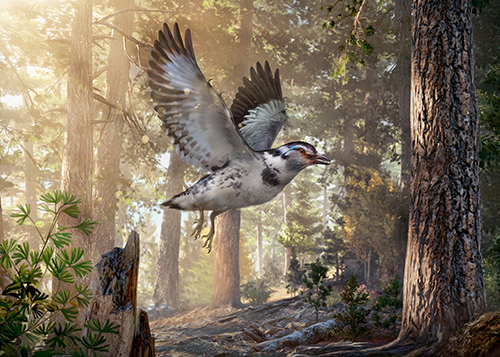 |
National Geographaic: 'Messy' New Species of Dinosaur-Era Bird Discovered |
| Paleontologists in China have discovered a new species of fossil bird that they say reveals a pivotal point in the evolution of flight, when birds had lost the long bony tail seen in dinosaurs such as Tyrannosaurus and the early bird Archaeopteryx, but before they had developed the fan of feathers on a shortened tai... |
|
